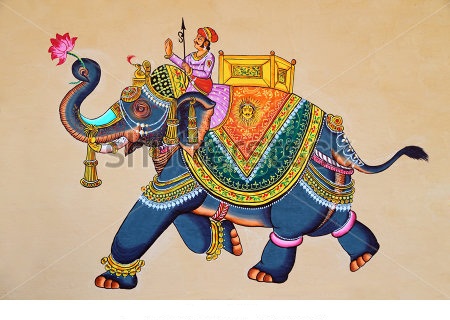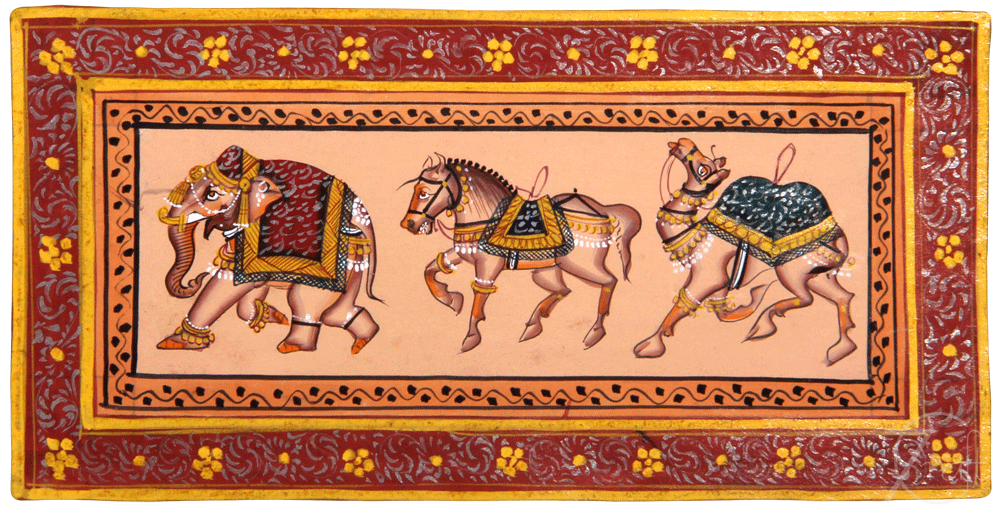India is home to between 50 and 60% of all of Asia’s wild elephants and about 20% of the domesticated elephants. As such, the country is of paramount importance for the survival of the species. The elephant plays a central role in Indian life and has done for many centuries. Elephants are closely associated with religious and cultural heritage, playing an important role in the country’s history. They remain revered today. An India without elephants is simply unimaginable.
Indian Elephant Population Figures
Elephant Range: 110,000 km² approx
Country Ranking: 2nd of 13
Total Wild Elephants: 23,900 – 32,900 total
10,300 -17,400 (south)
2,400 – 2,700 (central)
10,300 – 11,300 (north-east)
900 – 1,500 (north-west)
Country Ranking: 1st of 13
Total Captive Population: 3,500
Country Ranking: 3rd
Source: R Sukumar – A Brief Review of the Status, Distribution and Biology of Wild Asian Elephants Elephas maximus- International Zoo Yearbook 2006
While this information source is considered the very best available, accurate data on wild elephant populations is difficult to obtain and scientifically verify.
Wild Elephants in India
wild elephant Indian past centuries, the forests of India literally teemed with elephants. Although no census or estimates of the wild population exist, it is said that in the early 17th century the Moghul Emperor Jehangir had 113,000 captive elephants throughout his empire. Extrapolating from this figure, it is easy to imagine a wild population comfortably in excess of a million.
Today’s population is obviously a fraction of that, but large numbers of sustainable herds exist – particularly in the south and northeast.
Wild elephants in India are facing a variety of problems, but most focus around the usual issues of habitat loss and human-elephant conflict. These have been on the increase since the middle of the 20th century as the explosion of the population and the demands of economic development led to the clearing and cultivation of former elephant habitat.
Concern for the threat to the elephant led to the formation in 1992 of the government-backed “Project Elephant”. This scheme was intended to preserve habitat and establish elephant corridors, allowing for the traditional migration patterns of established elephant herds. Addressing human-elephant conflict issues and improving the welfare of domesticated elephants was also a central part of the organisation’s brief.
The organisation presided over the establishment of 25 Elephant Reserves throughout the elephants’ traditional range and covering a total area of 58,000 km². A population survey of the reserves in 2005 found that over 21,000 elephants were living in the protected areas and the population was actually on the increase.
Project Elephant has also established the MIKE (Monitoring of Illegal Killing of Elephants) programme of CITES. This has uncovered a significant increase in the poaching of bull tuskers, which has damaged the population dynamics by disturbing the sex ratio. In some areas, the normal level of 1:12 (male-female) has been so distorted that 1:100 has been known. This abnormality seriously affects the genetic viability of what on the surface can look like healthy sustainable populations.
To be continued…….
Information Courtesy by Eleaid.com




